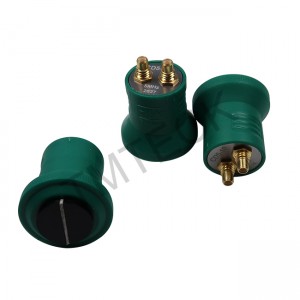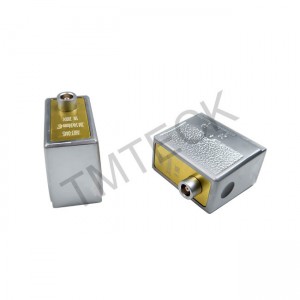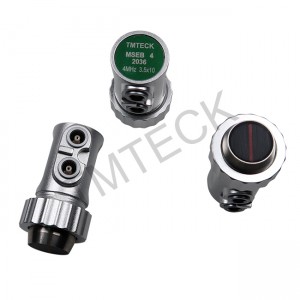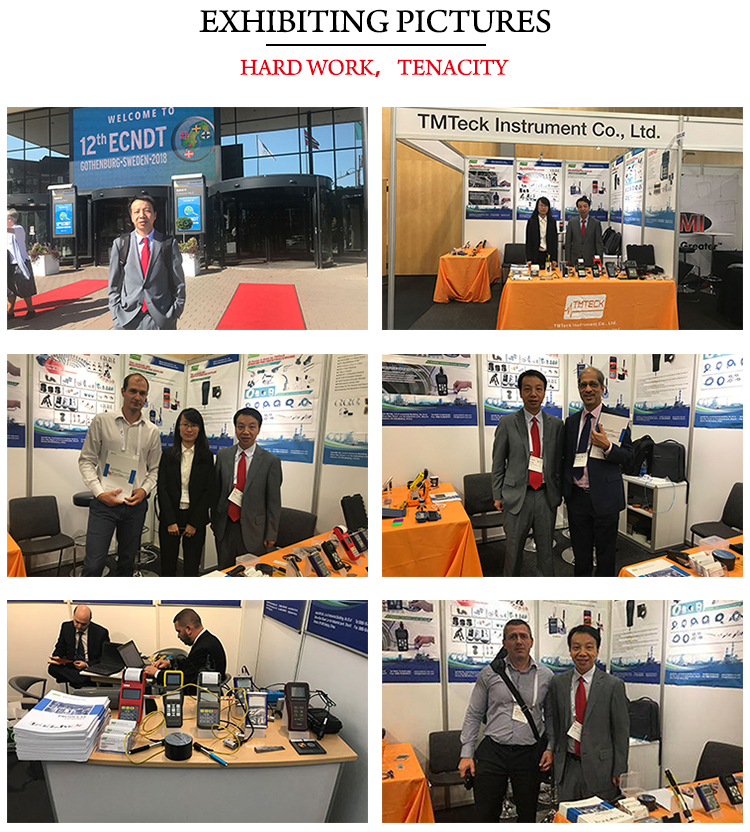Ultrasonic transducer is a important part of Ultrasonic flaw detector. As we know, the ultrasonic transducer incorporates a piezoelectric element, which converts electrical signals into mechanical vibrations (transmit mode) and mechanical vibrations into electrical signals (receive mode).Many factors, including material, mechanical and electrical construction, and the external mechanical and electrical load conditions, influence the behavior of a ultrasonic transducer.
Some ultrasonic transducer are specially manufactured to be more efficient transmitters and others to be more efficient receivers. A transducer that performs well in one application will not always produce the desired results in a different application. For example, sensitivity to small defects is proportional to the product of the efficiency of the transducer as a transmitter and a receiver. Resolution, the ability to locate defects near the surface or in close proximity in the material, requires a highly damped transducer.
It is also important to understand the concept of bandwidth, or range of frequencies, associated with a ultrasonic transducer. The frequency noted on a transducer is the central or center frequency and depends primarily on the backing material. Highly damped ultrasonic transducers will respond to frequencies above and below the central frequency. The broad frequency range provides a transducer with high resolving power. Less damped transducers will exhibit a narrower frequency range and poorer resolving power, but greater penetration. The central frequency will also define the capabilities of a transducer. Lower frequencies (0.5MHz-2.25MHz) provide greater energy and penetration in material, while high frequency crystals (15.0MHz-25.0MHz) provide reduced penetration but greater sensitivity to small discontinuities. High frequency transducers, when used with the proper instrumentation, can improve flaw resolution and thickness measurement capabilities dramatically. Broadband transducers with frequencies up to 150 MHz are commercially available.
Post time: Oct-19-2021





